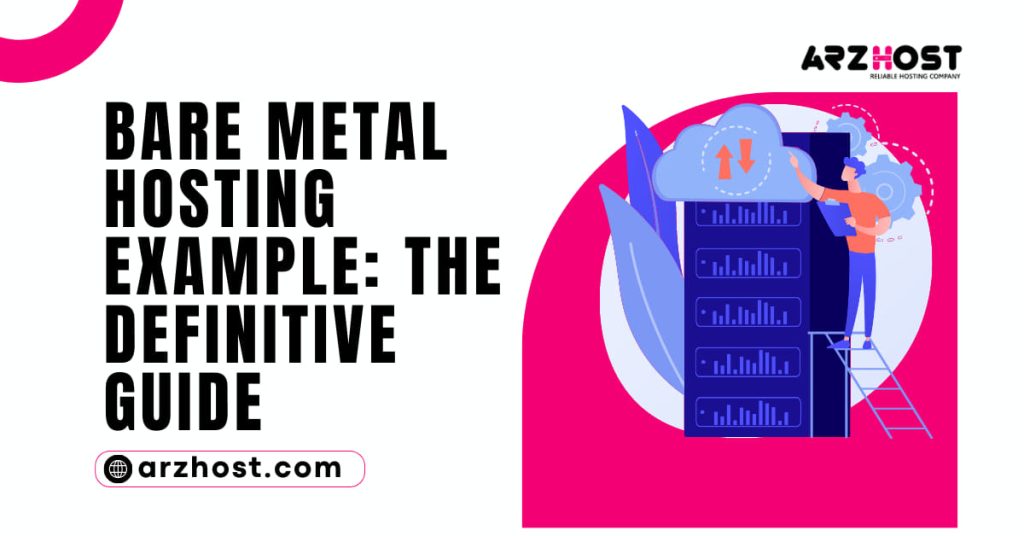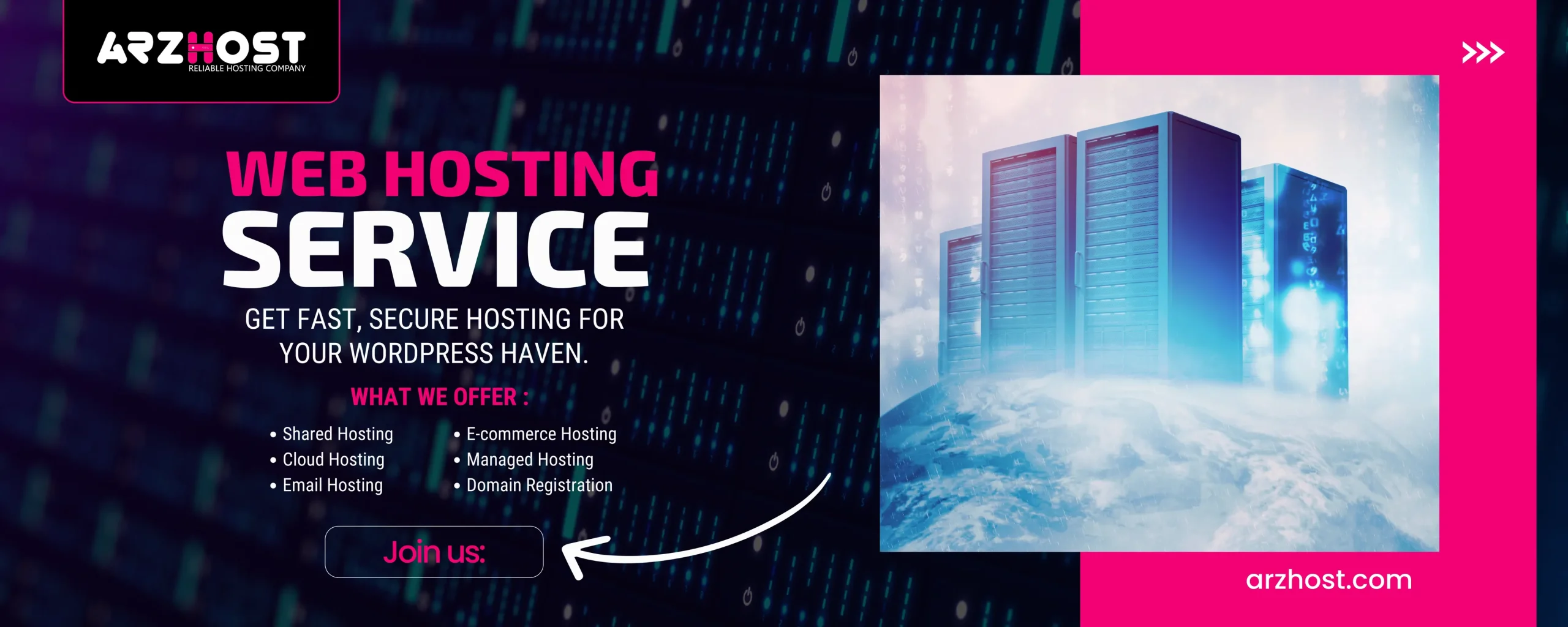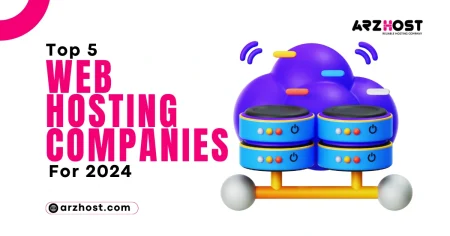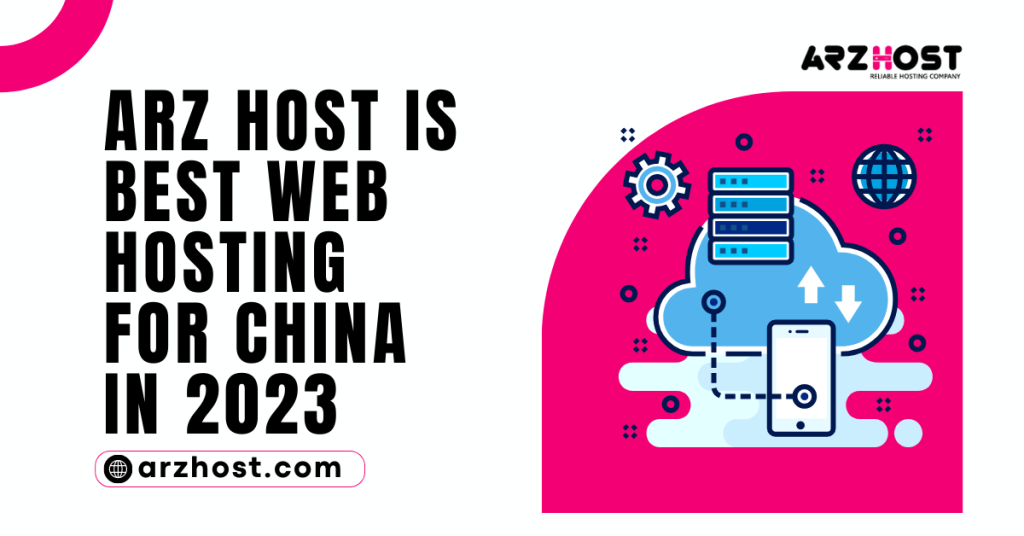A secure Bare Metal Hosting Example, potent, and reliable digital infrastructure can be built on top of a single tenant physical server, also known as the bare metal server. In the bare metal environment, several potential drawbacks related to a shared virtual environment don’t exist.
Virtualization using bare metal provides an uncompromised experience. The tenant has root access, resources are more easily accessible, and network latency is reduced for greater performance. Because bare metal is so adaptable, the resident can customize the server to suit their specific requirements.
A complete introduction to the bare metal environment is provided in the guide below. After reading this article, you should be in a better position to decide whether bare metal servers are useful and how they integrate into your IT infrastructure.
What is Bare Metal Server?
A physical computer called a “Bare Metal Hosting Example” is made to run dedicated services continuously for extended periods of time. It is extremely reliable, strong, and stable.
A single server’s physical resources cannot be shared by more than one tenant in a single-tenant environment like that of bare metal servers.
Bare metal servers are devoid of the “noisy neighbor” effect that plagues virtual environments because of this physical separation. The isolation’s performance predictability is a key advantage. As a result, bare metal servers have the most stable environment, which makes them ideal for handling enormous amounts of data.
Direct access to the server and the capacity to utilize all underlying hardware architectures are additional noteworthy advantages.
Now let’s discuss the latter. When a virtual machine (VM) is provisioned, a guest operating system (OS) is placed on top of a hypervisor, which is placed on top of physical hardware. You would only be able to use the management interface and the guest operating system as a user. Physical hardware would not be accessible to you directly.
On the other hand, a Bare Metal Hosting Example gives you complete access to the underlying architecture. This has the advantage of giving you additional alternatives when building your own platform to host a service or application. This brings us to a further important point.
Contrary to the virtual environment, which requires at least one additional layer of software in the form of a Type 1 hypervisor, bare metal servers do not require the employment of multiple layers of software.
This implies that while using real hardware, there is one less layer of software between you and it. So, you can anticipate improved performance. It should be noted that bare metal renters have a comparable ability to virtualize an environment by building virtual machines on top of the Bare Metal Hosting Example.
With bare metal, you may customize it however you desire, much like you can with your own home. No bothersome neighbors to deal with.
Defining Bare Metal Environments
Virtualized or bare metal, all environments are built on actual hardware. This means that behind even virtualized settings (like public clouds), there is actual hardware.
A physically dedicated server is well-known from a virtualized environment and current cloud hosting models using the term ” Bare Metal Hosting Example”. Bare metal servers are the only ones in a data center that aren’t being shared by several customers.
It’s critical to keep in mind that even a virtualized environment is supported by physical hardware. The shared hosting deployment strategy, which is typical of virtual environments, differs in that it restricts end users from accessing bare metal-level resources and instead allows them to interact with virtual resources.
A bare metal server’s only tenant has root access. It allows for additional software options that a bare metal hypervisor cannot support.
Why Pick a Server Made of Bare Metal?
For small to medium-sized enterprises seeking a cost-effective hosting solution that can easily automate and scale their resource allocation, Bare Metal Hosting Example dedicated servers are fantastic.
According to several experts, bare metal servers are becoming less popular when compared to other hosting options. However, this kind of server is still a very well-liked choice, particularly across numerous industries. The platform’s distinctive features enable an outstanding level of performance, power, and security.
The market for bare metal servers has a value of almost USD 1.3 billion in 2016. It is anticipated to reach USD 26.21 billion by 2025. Grandview Research is the source
The banking and financial services sector, the healthcare sector, and the government are three sectors that historically rely on dedicated hosting solutions and colocation.
Furthermore, important, high-intensity workloads like database programs or business intelligence are ideal for bare metal. Because of the improved performance, projects like to render farms and media encoding operations choose this choice over virtualized servers.
Innovative software development firms can test and release products on bare metal dedicated servers at a reasonable price.
Bare Metal Hosting Example systems are most frequently used in sectors with high demands for data protection, exceptional performance, and exact data operations. This market will expand along with the demand for storage as big data expands.
The majority of consumers in these industries are anticipated to be driven by large businesses. The SMB sector was a larger consumer of bare metal infrastructure up until 2016.
Advertising and new technology developments are anticipated to be the main drivers of market growth.
What makes bare metal unique?
Any environment, even one that has been virtualized, can be thoroughly investigated without coming across physical hardware. Even cloud computing (opens in new tab) relies on physical hardware in that regard.
However, the phrase ” Bare Metal Hosting Example” is only used to refer to dedicated physical servers that are provided without any sort of virtualization. The purpose of bare metal servers is to run dedicated services.
In reality, you can host a website directly on your bare metal server for the best performance as opposed to hosting it in a virtualized environment on abstraction hardware. The fact that bare metal servers are single-tenant servers is one of their most distinctive qualities.
In other words, bare metal servers aren’t shared among clients, in contrast to other types of web hosting (opens in a new tab). Your bare metal server will therefore stay totally committed to you even though you can use it to carry out any number of functions.
Who hosts bare metal?
As you can expect, all those advantages have a price. It makes sense that one of the most expensive servers hosting alternatives is bare metal servers.
Businesses whose hosting requirements necessitate the performance advantages they offer utilize bare metal servers precisely for this reason.
While bare metal hosts are not necessary for operating a personal blog, many companies require the power, performance, and security that these single-tenant servers provide. A bare metal server is actually the ideal hosting solution for websites that must process big amounts of data due to its performance-tuning capabilities.
The government, the banking and financial services sectors, and other sectors make up the majority of the typical clientele for Bare Metal Hosting Example. Bare metal servers are a must-have solution for data-rich environments, such as e-commerce websites, in the age of big data.
Am I a good fit for bare metal?
Although bare metal servers have the best performance, they are not the best choice for all hosting needs.
Your needs and money will determine whether you choose a virtual server or a Bare Metal Hosting Example server. Both options offer benefits and drawbacks in terms of features or related prices.
However, hosting on bare metal is generally the best choice if you want unrestricted access, highly scalable, tuned hardware, and improved performance.
Read More Articles
cost of colocation in the data center
uptime standards for data center
how to make a bitcoin mining server














